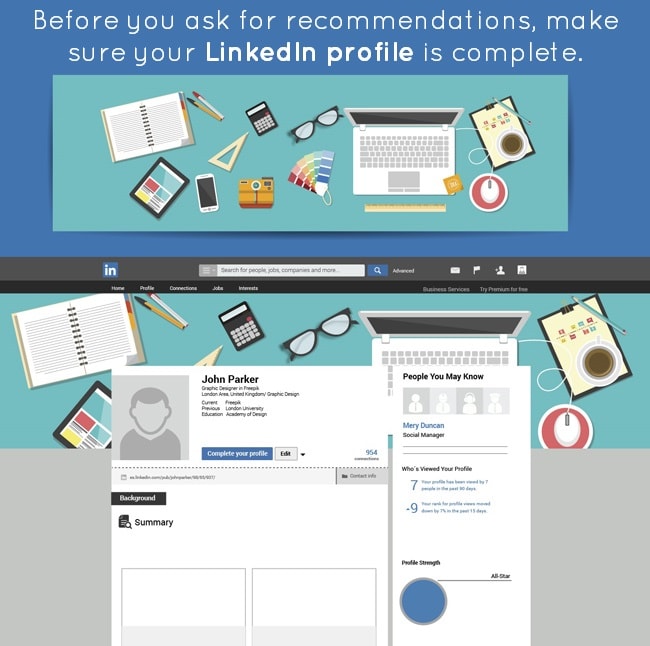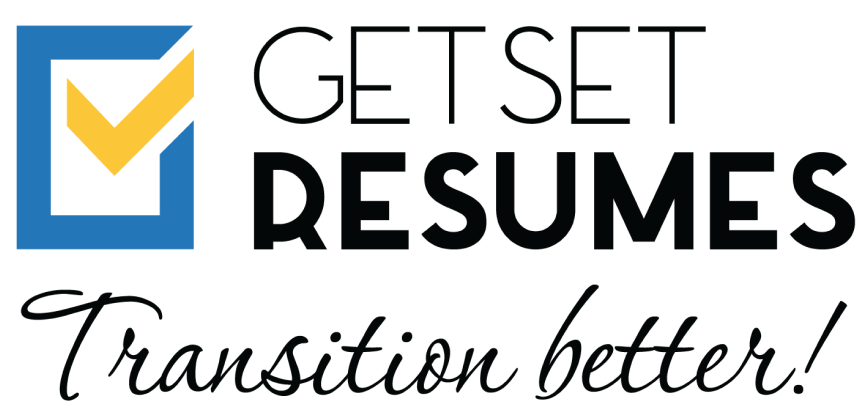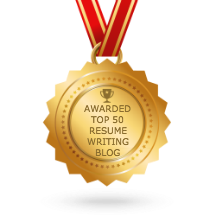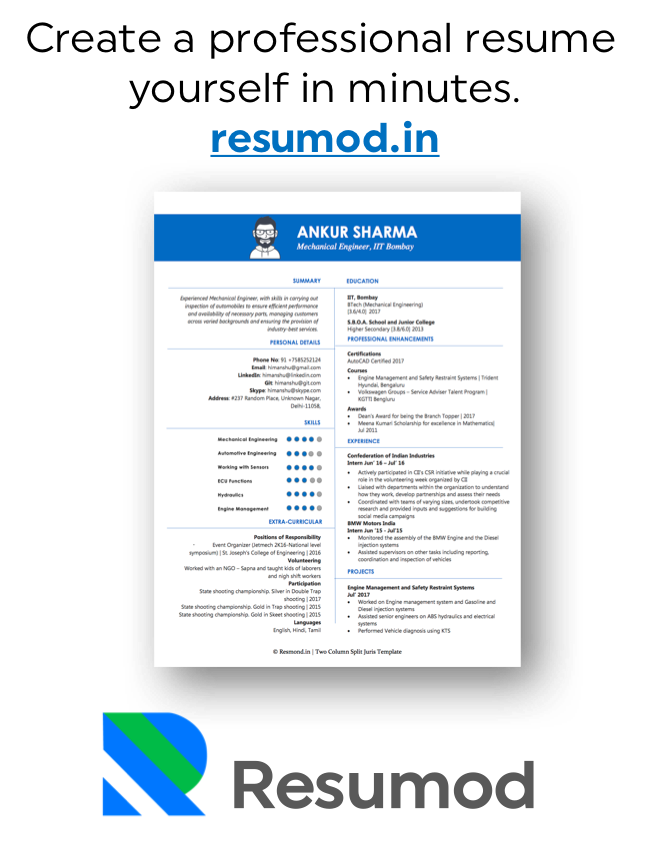You’ve been thinking of purchasing a new phone for yourself since a month, but you’re not quite sure if the model you like would be worth the money you’ll be spending on it. So, what do you do? You go and look up for that model online, and check the reviews to correspond its actual performance with what has been stated and marketed by the company, so that you get the worth of your hard-earned money. A detailed review left by someone who has used the product first-hand, will give you a fair idea if that phone model is worth purchasing or not.
The job market is no different either. The digital era has ushered in, and the market is more competitive than it was before. For every job, there are hundreds of eligible candidates that are vying for it, and recruiters are left with hundreds of profiles to choose from. How does the recruiter, then, find out the perfect candidate amongst a sea of applicants? Easy. They go online, and look up for the candidate’s online, professional profile (yes, LinkedIn). They see if the candidate has got any reviews of them online, to check if what they are going for is a viable choice, similar to the phone dilemma mentioned earlier.
A simple question that arises here is: how does one, therefore, get favorable reviews for oneself in the professional arena? Something that doesn’t look self-fabricated, but is more like a genuine and honest opinion about oneself, given by a professional acquaintance? The answer is LinkedIn Recommendations.
LinkedIn Recommendations are an easy and great way to secure and solidify your professional reputation online. They also serve as a social proof of your skills and competence, and trust me, you don’t want to quash this perfect opportunity.
To make the most of LinkedIn Recommendations, I suggest you follow these steps:
1. Look for the “Ask for Recommendations” option on LinkedIn
First and foremost, to receive for a LinkedIn Recommendation, you need to know how to ask for one. For someone who is yet to receive a recommendation on LinkedIn, finding the “Ask for Recommendations” page can be quite tricky. I myself encountered difficulty in locating the option on LinkedIn. So, to make things easier for you, here’s how you can locate the page easily:
Go over to the upper right hand of your profile, right on the place where a tiny profile picture of you is visible. Hover your cursor over the picture, and select “Privacy and Settings”. Once you do so, select the “Manage Your Recommendations” option, and after that click on “Ask for Recommendations”. LinkedIn will furnish you with a template, which you should ideally be tweaking individually, but we’ll get to that later.

2. Select People You’d Like to Recommend You
You should not be going around willy-nilly asking people or your LinkedIn contacts to furnish you with a recommendation. Aside from being considered as unprofessional and awkward, it is also not advisable seeking validation of your skills from a person who hasn’t worked with you or witnessed your work directly, for it may feel like a biased opinion, akin to a paid review for a product – it does not produce positive thoughts for that product, and may harm it more instead of doing it any good.
When asking for a recommendation, a person’s goal should be to receive a valid testimony of his/her work or skills, so that he/she can strengthen their professional brand. This is why I lay importance on asking only those people who are in a better position to speak about you as a brand, and more specifically what qualities you possess that can be an asset to a future employer. Such people mostly comprise clients, colleagues, mentors, seniors, etc. Again, you only want to ask people who think positively of you, are good writers, have a substantial amount of experience, are preferably of the same industry/job as you, and have gained something significant from your efforts.
3. Ask for a Recommendation that is Specific
As mentioned earlier, while asking someone for a recommendation, LinkedIn will provide you with a generic template, which is not of much help if you want people talking about your specific skills. That template has a higher chance of generating testimonials along the likes of:
“XYZ is a great person to work with and I highly recommend him/her”
“Working with ABC has been truly awesome! I look forward to working with him/her in future!”
Now, these kind of testimonials are more or less vague in nature, and do not reflect on an individual’s specific qualities. To avoid such testimonials, you should tweak the template as per the individual person you’re asking to be recommended from, so that you get a testimonial more inclined towards your specific skills or work. Oh, and ensure that your request is polite and courteous, at all times. An example of a personalized “recommendation” request could be:
Hey XYZ,
I hope you are good, and everything is well. I was hoping you could write a review of my work/skills on LinkedIn, which would be very valuable for me.
I really enjoyed collaborating with you on ABC project, while we were at PQR Company. I am particularly proud of that work we did together, and we accomplished a lot there. With regards to that, I would love it if you could write just three to five sentences, talking about the initiatives I undertook and the competencies I displayed. That would be more than sufficient, and I’d be very grateful to you for the same.
I am asking for your assistance here as I know that a recommendation from you will significantly enhance and lift up my profile. I really appreciate your time, and hope to hear from you soon.
Thank you,
DEF
While viewing a profile as an outsider, LinkedIn automatically cuts off recommendations after approximately 65 words and adds a “See More” tag. Considering this, the ideal parameter for a recommendation should be somewhere between three to five sentences.
4. Avoid asking too many People for a Recommendation
Now, I know that the more your recommendations, the better chances you have of catching the recruiter’s eye. Although, this doesn’t mean that you ask all of your contacts to recommend you on LinkedIn. A recruiter will easily see through the potential red flags your LinkedIn Recommendations will raise, which are:
- Proportionate recommendations, that is, the number of recommendations given is nearly or completely equal to the number of recommendations received; this demonstrates an act of reciprocity and is not considered very genuine.
- Very less recommendations with a large number of contacts; which shows that you either add people you hardly know, or that your skills and efforts are not compelling enough to hire you.
- Very generic and vague recommendations from too many people; this shows that you merely asked people to recommend you just for the sake of it, rather than taking the opportunity and making the most out of it.
To avoid raising suspicions about the authenticity of your LinkedIn Recommendations, I suggest you keep your recommendations specific, and ask only those people who will actually sit down and write about your skills and your work, so that you progress in your professional career. You do not need to go about asking everybody from your past and present employment to write about you; instead, select only a handful whose recommendation will actually count, and be given a high significance. You need to demonstrate that your recommendations are coming as a result of your hard work, rather than a ‘paid review’. This way, your profile will receive the attention it deserves.
~~~~~~~~~~~~~~~~~~~~~~~~~~~~~~~~~~~~~~
Maintaining a strong LinkedIn profile with all the keywords and industry-specific jargon does help, but the recommendations provide a more human touch to your profile. They act as a solid proof to your skills and work, rather than making you seem like a boastful person. Recommendations come to your rescue when you want the world to know that you’ve got what it takes to perform a task and generate valuable results from it. So, make the most of it!



